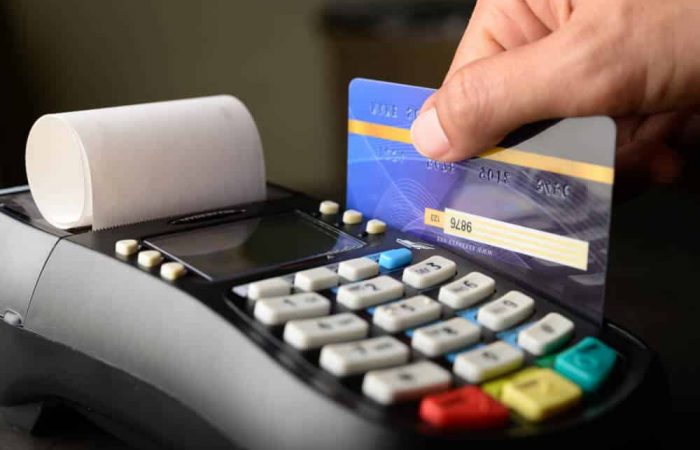When it comes to chargebacks, merchants need to be aware of the risks and take steps to prevent them. Chargebacks can be costly and time-consuming, so it’s important to understand how they work and what you can do to protect your business. Every business is different, so there is no one-size-fits-all solution to chargebacks. However, some general tips can help you prevent and avoid chargebacks.
To run a healthy business, it’s important to keep chargebacks under 1%. If you’re processing a lot of transactions, even a small percentage of chargebacks can quickly add up. That’s why it’s important to take steps to prevent and avoid chargebacks. In this guide, we will be sharing everything you need to know about chargebacks, including what they are, their different types, how to prevent them, and more.
Table Of Content
What are chargebacks?
Different Types of Chargebacks
Why is it important to avoid chargebacks?
Most Common Reasons for Chargebacks
Ways to Protect Your Business from Chargeback Fraud
What are chargebacks?
First, we have to know what chargebacks are. A chargeback is a transaction that is reversed due to a dispute. The cardholder may contact their credit card issuer and request a chargeback if they feel they have been wronged in a transaction. For example, if the cardholder never received the merchandise they ordered, they may initiate a chargeback.
In simple words, a chargeback is when a customer asks their credit card or debit card company to refund a transaction.
Chargebacks can be initiated for a variety of reasons, including
- Fraud
- Unauthorized transactions
- Incorrect or misleading information
- Product not received
- Product not as described, etc
The chargeback procedure can be started either by the merchant or the cardholder’s issuing bank.
It’s not an easy task to dispute a potential chargeback since it requires time to interact with a customer care representative and document the transaction, among other things. However, when it comes to the case of a fraudulent transaction, banks are typically eager to look into and provide chargebacks if a card number has been stolen or other fraudulent activities have occurred.
One of the most common chargebacks is friendly fraud. It occurs when a cardholder makes an online purchase and then contacts their bank to dispute the charge, even though they received the merchandise or services. In some cases, friendly fraud may be intentional, but in other cases, it may be due to customer confusion or inexperience with online transactions.
Some merchants commit friendly fraud as well, also known as merchant fraud. This happens when a merchant deliberately processes a transaction that they know will be disputed, such as a stolen credit card or a return that was never received. Merchant fraud is a serious offense and can result in hefty fines or even jail time.
Read Also: Power Revenue with Reward Programs
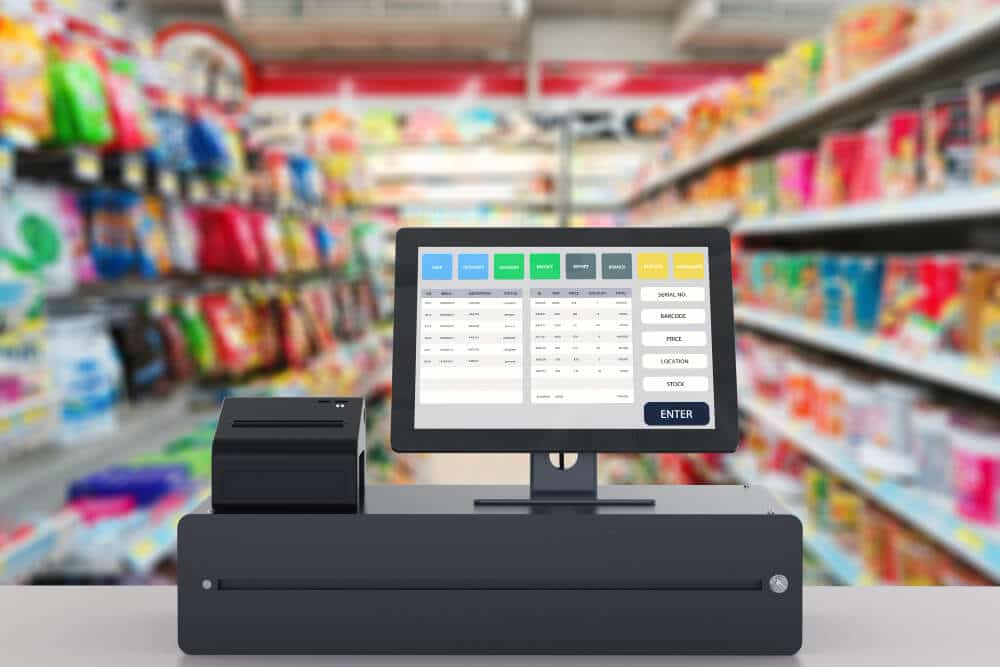
Streamline your business with Octopos– A Complete POS System with Big Boys Tools without the Big Price
It is a lot more than a point of sale. Octopos is easy and intuitive for you and your staff to use. Yet you get all these sophisticated tools to manage inventory, track and engage customers, get meaningful insights into your business, and much more.
Different Types of Chargebacks
So now that we know what chargebacks are, let’s take a look at the different types of chargebacks. If you want to learn how to avoid chargebacks, you have to know the different types of chargebacks and what causes them.
Now when it comes to chargebacks, there are mainly 3 types
1. Friendly fraud chargebacks
One of the most common types of chargebacks is friendly fraud. It occurs when a customer buys something with their credit card and then contacts their bank or credit card issuer to dispute the charge.
Some clients may claim that they were unaware of the purchase or state that they never received the product, or report that they returned the item but did not receive credit for their return. In other words, the consumer might be interested in using the product or service without willing to pay for it.
This type of chargeback is very common in the eCommerce business, where it is harder to verify the identity of the cardholder. So if you are in the e-commerce business, you should take extra steps to avoid friendly fraud chargebacks.
2. True fraud chargebacks
Another type of chargeback is true fraud. This happens when somebody uses your credit card without your permission. It could be that your credit card was stolen, or somebody might have used your card number without your knowledge. In any case, this type of chargeback is not your fault and you should be able to get your money back.
This is an actual fraud and if the person who used the card illegally gets caught, they will be liable for the charges. Also, sometimes, it can be anyone from your family members as well as your children, so you should keep a track of your credit card usage.
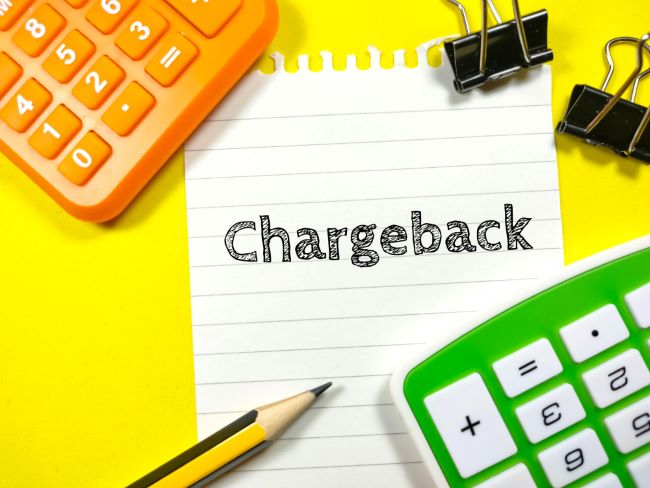
3. Merchant error chargebacks
The third and final type of chargeback is a merchant error. This happens when there is a mistake on the part of the merchant, such as billing the wrong amount or charging the cardholder for something they did not purchase.
In some cases, the customer might have canceled the order but was still charged, or they might have returned the product but were not given a refund. Merchant error chargebacks can also happen if the merchant does not deliver the product or service as promised.
To avoid merchant error chargebacks, you need to make sure that you are billing the correct amount, delivering the products or services as promised, and providing excellent customer service. You should also have a refund and return policy in place in case something goes wrong.
Also Read: How Much Does It Cost To Start a Restaurant
Why is it important to avoid chargebacks?
Now that we know the different types of chargebacks, let’s take a look at why it’s important to avoid chargebacks.
1. Chargebacks can be very costly for businesses
The first reason to avoid chargebacks is that they can be very costly for businesses. Every time a chargeback happens, the merchant is charged a fee. These fees can range from $20 to $100 per chargeback. And if you have a lot of chargebacks, these fees can quickly add up.
On top of that, businesses also have to deal with the cost of shipping the product back to the customer, as well as the loss of the product itself. And if a customer is not happy with the product, they might also leave a negative review, which can further damage your business.
2. Chargebacks can damage your reputation
Another reason to avoid chargebacks is that they can damage your reputation. If you have a lot of chargebacks, it will reflect poorly on your business. Chargebacks are also a sign that something is wrong with your products or services. And if customers see that you have a lot of chargebacks, they might be less likely to do business with you.
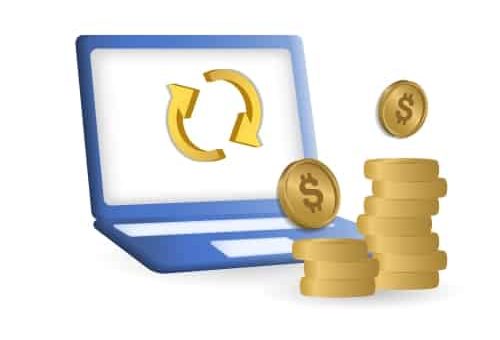
3. Chargebacks can lead to account freezes
Another consequence of chargebacks is that they can lead to account freezes. If you have too many chargebacks, your merchant account might be frozen, which means you will not be able to process credit card payments. And if your account is frozen, it will be very difficult to run your business.
4. Chargebacks can be time-consuming
As we mentioned before, chargebacks can be very time-consuming. You will have to deal with the customer, as well as the credit card company or bank. And if you are not able to resolve the chargeback, you might have to go through a mediation process, which can take even more time.
5. Chargebacks can lead to lost customers
A business is considered high risk if it has a lot of chargebacks. And customers are less likely to do business with a high-risk business. They want to spend their hard-earned money on a business that is less likely to have problems. So if you have a lot of chargebacks, you might lose customers, which can further damage your business.
Read Also: Clover vs Square: Which Solution Is Better?
Most Common Reasons for Chargebacks
Here are a few common reasons for chargebacks:
1. Fraudulent charges
One of the most common reasons for chargebacks is fraudulent charges. This happens when someone uses your credit card without your permission, they might purchase without your knowledge or they might use your card to get a cash advance.
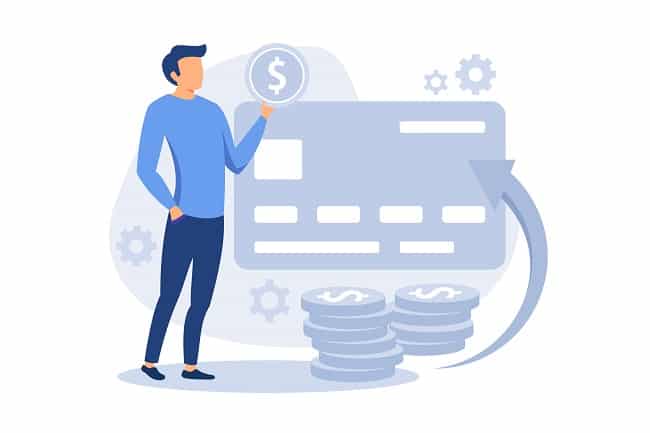
2. Billing errors
Billing errors are another common reason for chargebacks. This happens when you are billed for the wrong amount, or you are charged for something you did not purchase. This type of chargeback is easy to resolve, you just need to contact your credit card company or bank and they will refund the charges.
3. Product not received
Another common reason for chargebacks is a product not received. This happens when a customer doesn’t receive the product they ordered, or they receive a damaged or defective product. Reasons could be anything from bad packaging to a delivery mix-up.
4. Canceled subscriptions
Canceled subscriptions are also a common type of chargeback. As the name suggests, this happens when a customer cancels their subscription, but they are still charged. This can happen if you do not cancel the subscription properly, or if the customer is confused about how to cancel their subscription.
5. Customer dispute
Customer dispute occurs when a customer is not happy with the product or service they received. They might feel like they were misled, or they might not be happy with the quality of the product. This is one of the most common reasons for chargebacks, and it can be very difficult to resolve.
Ways to Protect Your Business from Chargeback Fraud
So now that we know one or two things about chargebacks, let’s take a look at how we can protect our businesses from them.
1. How to prevent chargebacks as a merchant?
The best way to prevent chargebacks is to have a clear and easy-to-understand refund and return policy. Your customers should know exactly what your policy is before they make a purchase. They should also know how to contact you if they have any problems with their purchase.
It’s also important to keep your customer service team up-to-date on your refund and return policy. They should be able to answer any questions that your customers might have.
2. How to avoid chargebacks on PayPal?
If you use PayPal to process your payments, there are a few things you can do to avoid chargebacks.
First, make sure you have a clear and easy-to-understand refund policy. As long as the customer knows what your policy is, they are less likely to file a chargeback.
Second, stay up-to-date on your PayPal account. If there are any changes in your account, such as a new email address or phone number, make sure you update your information.
Third, work with a bank that offers chargeback protection. This way, even if a customer files a chargeback, you can still get your money. Also, make sure that the bank has a service team that can help you resolve the chargeback.
4. How to avoid chargebacks on credit cards?
Most chargebacks, as we mentioned before, are due to fraud or billing errors. So the best way to avoid chargebacks is to keep your customer’s information safe and up-to-date. Credit card transactions can be complex, so make sure you understand them before you process a payment.
If you do process a credit card payment, always double-check the customer’s information to make sure it’s correct. And if you’re ever in doubt, don’t hesitate to contact the customer and ask for more information.
5. Use a reliable payment processor
When you’re choosing a payment processor, it’s important to choose one that is reliable and has a good reputation. A good payment processor will have a chargeback protection program in place so that you can avoid chargebacks.
The best way to find a good payment processor is to ask other businesses in your industry who they use. You can also read online reviews to see what other businesses have to say about a particular payment processor.
Read Also: A Complete Guide to B2B Payment Processors
6. Set up a team to manage payments
If you have a lot of chargebacks, it might be a good idea to set up a team to manage your payments. This team should be responsible for double-checking customer information, processing payments, and keeping up-to-date on chargeback protection programs. This way, you can be sure that your payments are being handled properly.
7. Focus on product/service quality
One of the biggest reasons for chargebacks is that the customer is not happy with the product or service they received. So it’s important to focus on providing a high-quality product or service. If your customers are happy with what they receive, they are less likely to file a chargeback. Focus on the packaging, shifting, and delivery of your product. Also, make sure you have a good customer service team in place to help resolve any issues that your customers might have.
8. Offer customer support
Customer support is the key to avoiding chargebacks. Chargebacks can occur due to miscommunications, misunderstandings, and confusion. So having a good customer support team in place can help avoid these kinds of chargebacks. Your customer support team should be able to answer any questions your customers might have. They should also be familiar with your refund and return policy so that they can help resolve any issues.
What’s the Difference Between a Chargeback & a Dispute?
People often get confused about the difference between a chargeback and a dispute. However, it’s important to understand the distinction to make sure you’re handling a dispute properly.
A chargeback is a form of debt collection, usually issued by the issuing bank, that reverses a customer’s payment and returns it to them.
It’s not an agreement between two parties like a dispute would be; instead, the bank is imposing its own decision and unilaterally reversing a payment that it feels should not have been made.
What is a dispute?
A dispute, on the other hand, is an agreement between two parties. It typically arises when one party feels that they have been wronged in some way by another party and seeks to resolve the issue through negotiation or mediation.
For example, if a customer feels that they have received faulty goods or were unaware of certain terms and conditions before making a purchase, they can pursue a dispute with the merchant to get their money back.
Once the dispute is resolved, both parties can come to a mutual agreement about how the transaction should be handled. This can include refunding the customer’s money, providing a replacement product or service, or voiding the transaction altogether.
The dispute process allows customers and merchants to communicate with one another directly and resolve issues in an organized manner without involving third parties. This not only saves time and money but also allows both parties to maintain a good relationship.
The key difference between chargebacks and dispute
The main difference between a chargeback and a dispute is that the former is an imposed decision while the latter is agreed upon by two parties.
Chargebacks are typically handled by banks and come with their own set of rules, whereas disputes can be handled directly between customers and merchants without using third-party services.
If the problem isn’t solved through a dispute, customers may choose to pursue a chargeback as a last resort. However, this should only be done after all other potential solutions have been exhausted.
In simple words, a chargeback is the next step after a dispute fails. It’s the process used by banks to reverse a payment if a customer or merchant fails to resolve an issue through negotiation.
This is why it’s important to try and solve issues through disputes before resorting to chargebacks.
It’s also important to note that chargebacks involve more paperwork and rules and can take longer to resolve than disputes. Therefore, it’s best to try and settle any issues through dispute before attempting a chargeback.
By understanding the difference between a chargeback and a dispute, you can make sure that you’re handling your payments properly and getting the most out of each transaction.
Bottom Line
So there you have it! Chargebacks are the harsh reality of doing business. It’s almost impossible to avoid them entirely, but there are things you can do to minimize the risk. By following the tips in this guide, you can reduce the number of chargebacks you receive and keep your business running smoothly. We hope this guide has helped you understand chargebacks and how they work, thanks for reading!
Octopos will help you reduce chargebacks. Book a demo now

